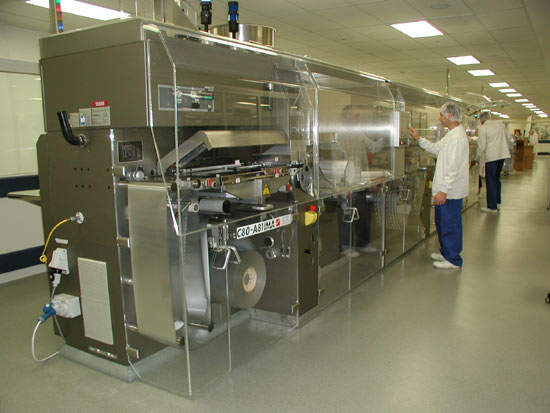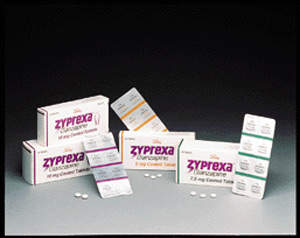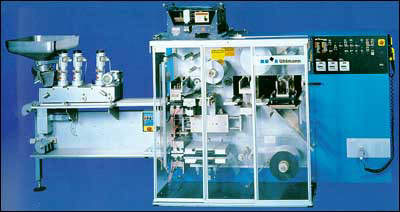Eli Lilly, the global supplier of pharmaceutical treatments, invested £25m in new packaging technology at its Basingstoke, UK, site in 2003. Standards-based process control models meant equipment was validated to international standards. Much of the investment was in high-speed machinery with advanced control and compliance as the key issues.
However, the plant was closed in 2006 as part of restructuring the development costs. About 450 employees at the site were positioned at other Lilly’s UK and global facilities or offered severance packages. Two research centres in Hamburg, Germany, and Mont-Saint-Guibert, Belgium, were also closed in 2006.
The Basingstoke facility, opened in 1939, was the first manufacturing facility of Eli Lilly outside the US.
Eli Lilly had plans to invest £220m in its UK businesses by 2006. At its Basingstoke headquarters, the production and packaging expansion budget was £77m over this period, £25m of which was earmarked for packaging improvements.
Blister packaging lines
The Lilly packaging floor at Basingstoke was divided into two parts with 11 blister packaging lines dedicated to particular products.
The investment in packaging technology had involved background planning to rationalise blister formats and packaging sizes so that each product family had its own dedicated line. The aim of the upgrade was to create greater flexibility and higher productivity. The budget covered the construction of facilities such as a fill room, conversion of the packaging floor’s modular layout to segregated, straight-line layouts, and the introduction of new packaging technologies that would bring the operation up to the highest possible level.
The Basingstoke staff were influenced by trends from the parent company in the US, and although the site was not FDA-certified, it worked to that standard.
The whole Basingstoke project was based on the need to improve overall throughput and get the largest amount of product possible from existing machines. In the process, Lilly was aiming to improve control and management of processes so that deviations were eliminated as soon as possible. The outcome was intended to be one in which the plant processes were controlled, capable, compliant and continuously improving.
Laser-coding technology and on-line security systems
Most of the new technology from Lilly’s Basingstoke plant involved new-generation innovation on existing platforms, but there was also some brand new technology, especially in the areas of control and compliance. The plans involved the acquisition of new on-line printing technology, equipment for the laser coding of cartons and on-line security systems that inspected the integrity of products and packs.
Main contractor
The main contractor for the upgrade project was Jacobs Engineering, which was based on the Basingstoke site and had worked with Lilly closely in the past. Jacobs’ people worked closely with Lilly’s packaging engineering group and packaging technology support staff in planning and delivering the programme against a business model that is standards-based and, in particular, complied with 21 CFR part 11.
Equipment suppliers
The packaging equipment came from mainstream suppliers in view of the need to ensure that all equipment was validated to current standards. The blister lines, for example, came from international suppliers Industria Macchine Automatiche SpA (IMA) of Italy, Uhlmann Packaging Systems Inc in the USA and Pac-Systeme GmbH of Germany.
As a guide to general performance, IMA’s medium-speed C90/A91 machine produced 400 blisters and 270 cartons per minute. The high-speed IMA C95/A95 handled 800 blisters and 350 cartons per minute, and the super-high-speed IMA C96/A96 could produce 1,200 blisters and 450 cartons each minute.
The Uhlmann UPS 300 blister packaging machine included: a platen-type forming and sealing station for flat and airtight packages; a tool changeover system that reduced downtime; fill control that could be carried out by sensing pins, light beam or camera systems along with an automatic pack reject facility; a web index with grippers, provided infinitely variable fine-tuning of index length; and a wide selection of feeders that could be fitted to suit a range of products.







